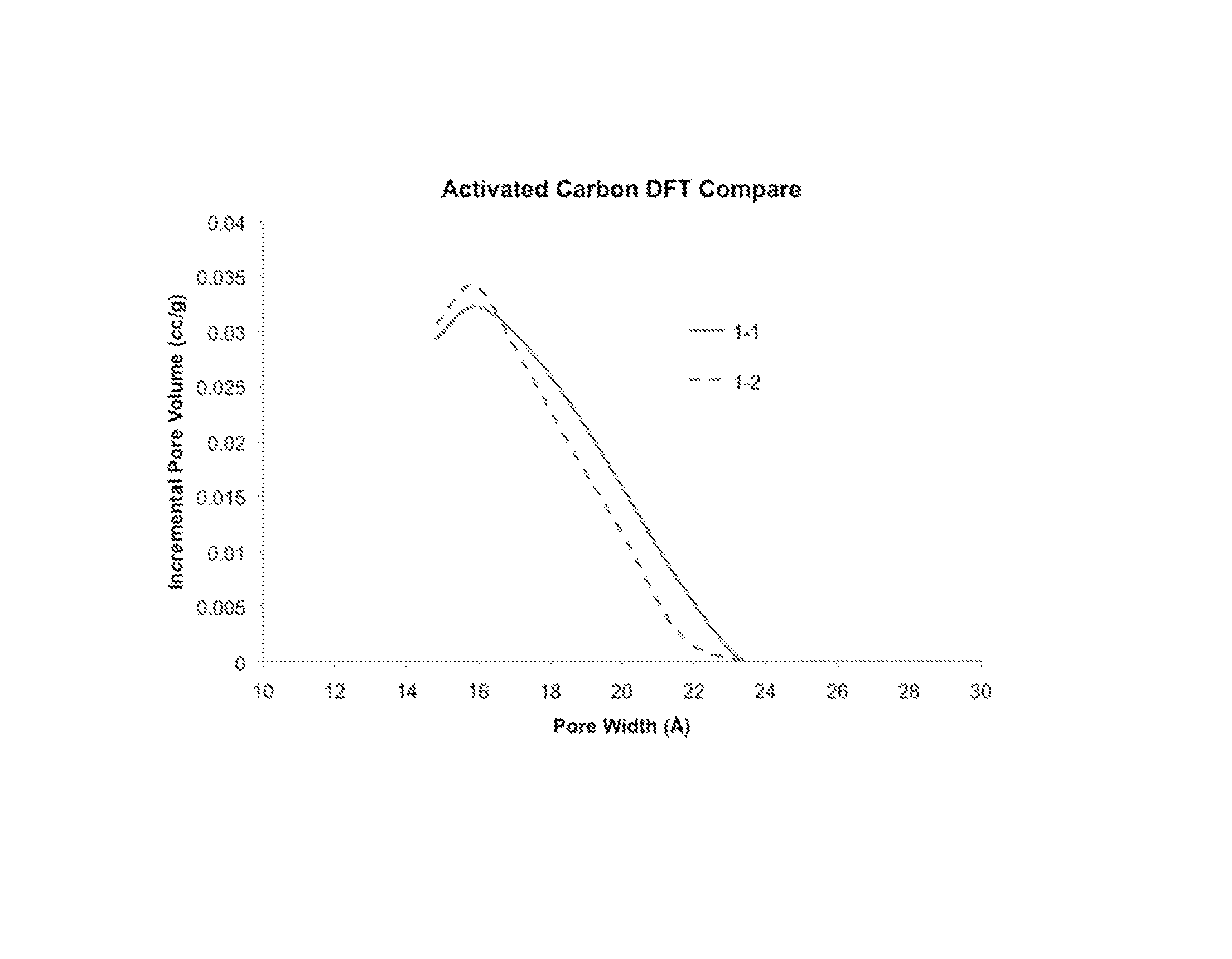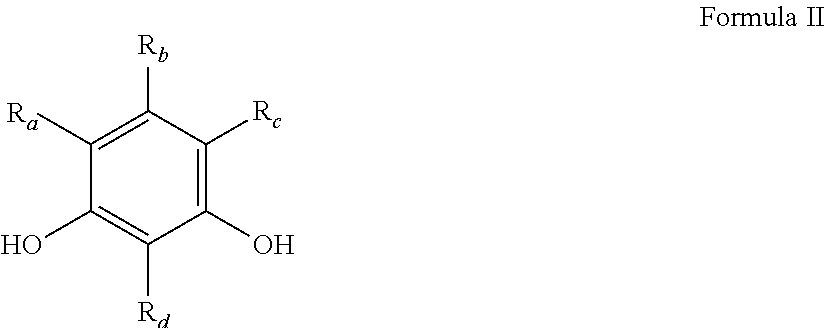Emulsion and suspension polymerization processes, and improved electrochemical performance for carbon derived from same
a technology of suspension polymerization and electrochemical performance, which is applied in the direction of carbon preparation/purification, chemical apparatus and processes, inorganic chemistry, etc., can solve the problems of edlcs and carbon-based batteries, decreased performance at high temperature, repeated charge/discharge cycles,
- Summary
- Abstract
- Description
- Claims
- Application Information
AI Technical Summary
Benefits of technology
Problems solved by technology
Method used
Image
Examples
examples
[0439]The carbon materials disclosed in the following Examples were prepared according to the methods disclosed herein. Chemicals were obtained from commercial sources at reagent grade purity or better and were used as received from the supplier without further purification.
[0440]In some examples, the polymer gel particles are freeze dried prior to pyrolysis and / or activation. In these examples, the lyophilizer shelf was generally pre-cooled to −30° C. before loading a tray containing the frozen polymer hydrogel particles on the lyophilizer shelf. The chamber pressure for lyophilization was typically in the range of 50 to 1000 mTorr and the shelf temperature was in the range of +10 to +25° C. Alternatively, the shelf temperature can be set lower, for example in the range of 0 to +10° C. Alternatively, the shelf temperature can be set higher, for example in the range of 25 to +100° C. Chamber pressure can be held in the range of 50 to 3000 mTorr. For instance, the chamber pressure ca...
PUM
| Property | Measurement | Unit |
|---|---|---|
| volume average particle size | aaaaa | aaaaa |
| volume average particle size | aaaaa | aaaaa |
| temperature | aaaaa | aaaaa |
Abstract
Description
Claims
Application Information
 Login to View More
Login to View More - R&D
- Intellectual Property
- Life Sciences
- Materials
- Tech Scout
- Unparalleled Data Quality
- Higher Quality Content
- 60% Fewer Hallucinations
Browse by: Latest US Patents, China's latest patents, Technical Efficacy Thesaurus, Application Domain, Technology Topic, Popular Technical Reports.
© 2025 PatSnap. All rights reserved.Legal|Privacy policy|Modern Slavery Act Transparency Statement|Sitemap|About US| Contact US: help@patsnap.com



